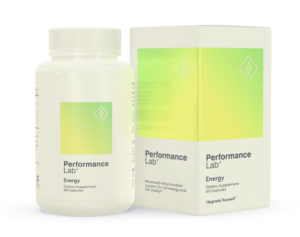In general, it is recommended that men try to get about 38 grams of fiber every day. Men over 50, however, will typically need a bit less – more like 30 grams of fiber a day should be enough for older men.
Two Types of Fiber
When it comes to selecting the most appropriate fiber sources for your own diet, it is important to consider the different types of fiber that exist: insoluble fiber and soluble fiber.
To reduce the likelihood of chronic medical issues, regularly consuming both fiber types from high-quality foods is necessary.
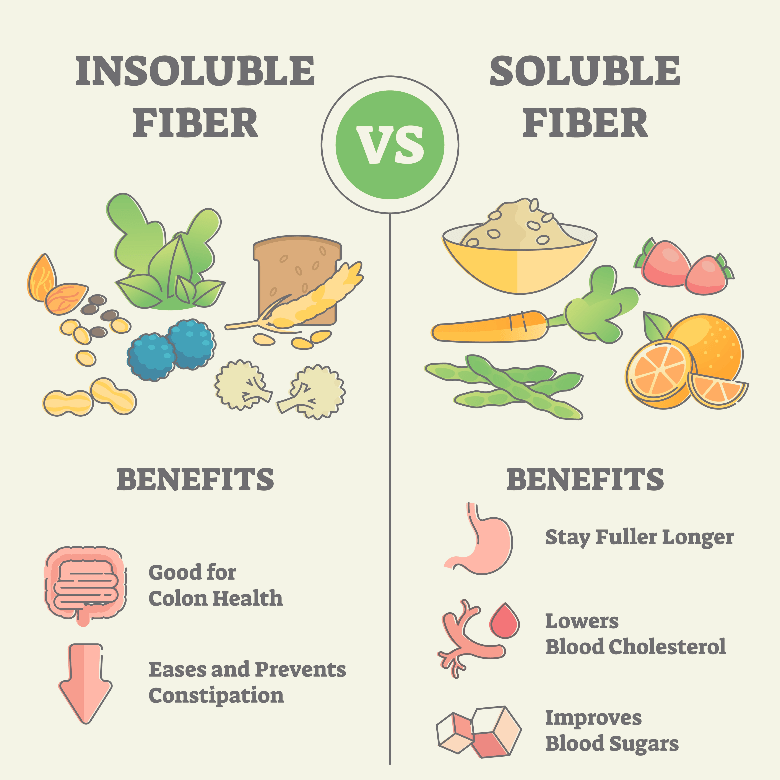
Insoluble Fiber
Insoluble fiber consists of plant cells lignin, hemicellulose and cellulose. In contrast to soluble fiber, this type is not dissolved during the digestion process.
How much insoluble fiber should men over 30 seek to get each day? Roughly 70-80 percent of your daily fiber, or 26-30 grams, should be of the insoluble variety.
Not consuming enough insoluble fiber can lead to diverticular disease, hemorrhoids and constipation in men of this age.
Soluble Fiber
Soluble fiber will dissolve partially in water throughout the digestion process, and it consists primarily of plant cells’ pectin and gum compounds.
Men over the age of 30 should strive to get 20-30 percent of their daily fiber, or 7.5-11.5 grams, from soluble fiber sources.
Getting enough soluble fiber each day can reduce the likelihood of high blood sugar levels and high cholesterol.
Great Fiber Sources
1. Whole Grains
One problem with common refined grains is that the way they are processed often strips them of both vitamins and fiber.
It is advisable to seek out top-notch whole grains that have only undergone minimal processing.
What are some examples of popular whole grains that men over 30 should shop for in order to increase their fiber intake?
Brown rice and oatmeal, of course, are remarkably popular, even among men who have not given much consideration to their fiber needs.
However, there are several alternatives that you can look into. Barley and buckwheat, for example, are both nutrient-rich and fiber-rich.
Quinoa, millet, freekeh, amaranth and bulgur wheat are all excellent grains that can provide you with fiber as well.
Regardless of your preferences, be sure to look for whole grains that have both the bran and germ still intact, as this will maximize their nutrition and fiber content.
2. Fruit
Whether you love apples or pears more, there is no denying the fact that many fruits can make excellent fiber-rich snacks.
People all over choose to make individual fruits their portable snacks each day. For men over 30, this is a great opportunity to get some extra grams of fiber.
You do, however, need to put some thought into selecting the most fiber-rich fruits for your snacking.
A pear, for example, will provide you with five grams of much-needed fiber. A watermelon, on the other hand, can only provide one gram per cup.
Aside from pears, apples and berries are some of the most high-fiber fruits available, and they are easy to find in most local supermarkets.
3. Vegetables
It should come as no surprise that men over the age of 30 should prioritize vegetables when it comes to constructing a high-fiber diet.
In addition to their other health benefits, such as reducing your chances of dealing with various chronic diseases, vegetables are highly beneficial to men over 30 who are seeking to improve upon their current fiber intake.
In particular, you will want to shop for vegetables that are not very starchy. Starchy vegetables are typically less nutrient-dense and contain more calories.
Non-starchy vegetables, in contrast, have fewer calories and more nutrients, like fiber.
Another tip for men seeking to add more nutrient-dense and fiber-rich vegetables to their diets is to eat them prior to digging in to a large meal.
Studies have linked pre-meal vegetable consumption to multiple beneficial behaviors.
One of them is eating more vegetables, and the other is consuming fewer calories throughout the course of a meal.
Non-starchy vegetables, therefore, are a fantastic high-fiber option.
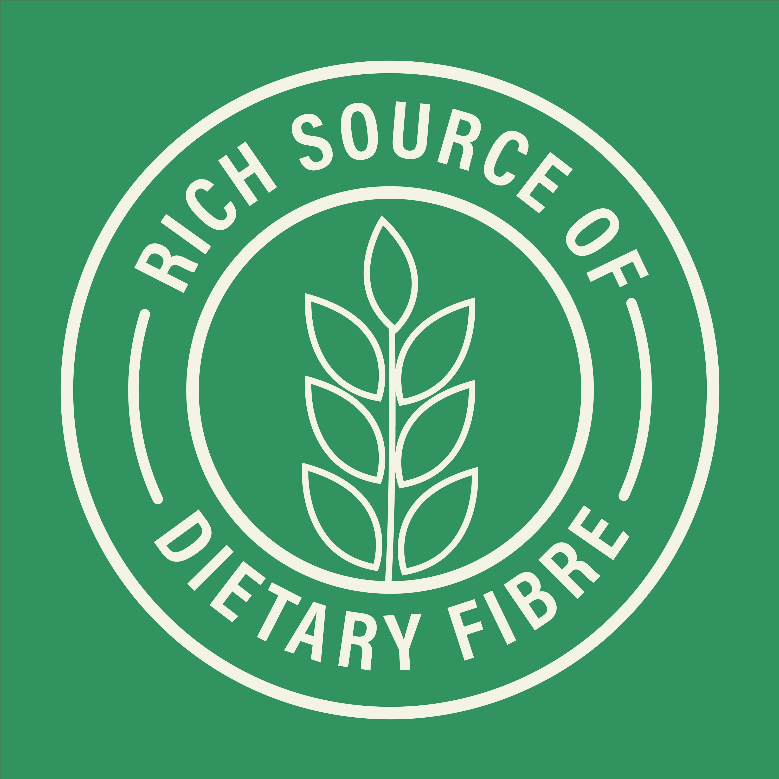
4. Fiber Supplements
Although foods are the best source that you can choose regarding fiber consumption, many men over the age of 30 would benefit greatly from taking a high-quality fiber supplement.
When deciding to take a fiber supplement, there are several types that you can look into, such as glucomannan, psyllium and guar fiber.
Each of these will give you unique benefits, and there is plenty of medical research backing up all three types of fiber supplements.
They can be quite helpful if you are not currently eating enough whole plant foods to fulfill your fiber intake requirements.
Glucomannan is a type of fiber that will help reduce your appetite, and it is commonly found in foods like shirataki noodles and low-fat dairy items.
Psyllium is found in the very popular Metamucil. It not only combats constipation, but also decreases hunger.
Finally, guar fiber is a fiber supplement that many companies add to their processed foods. It can help you feel fuller and take in fewer calories overall.
There are downsides to taking such fiber supplements, though. Common side effects consist of bloating and other kinds of stomach discomfort.
To lower your risk of these, be sure to take in lots of water with your new fiber supplements and introduce them to your diet gradually.
Another problem that some fiber supplements present is that they can cause interference when it comes to absorbing various medications.
To avoid this, be sure to take your fiber supplement and your medication several hours apart.
5. Avocados
While avocados are universally loved for their creaminess and their role in guacamole, these are actually great for one’s health.
This is especially true for fiber-conscious men over 30. Both fiber and monosaturated fatty acids are high in avocados, which makes them perfect for men of this age who want more fiber.
By slicing an avocado in half, you will gain access to five grams of fiber, as well as its delicious green flesh.
Avocados, as a fruit, are fantastic for both their nutrition value and their taste.
Furthermore, studies have connected avocados to enhanced heart health.
If you wish to improve your nutrient intake, fiber intake and diet quality, then you should definitely focus on adding more avocados to your meals and snacks.
What are some ways to add avocados to your favorite dishes? Although guacamole is by far the most popular, you can also use these as a replacement for butter on your morning toast or even use them as a delicious natural topping for your salads.
With their healthy fat and high fiber content, avocados should certainly be on your next grocery list.
6. Legumes
If you are not familiar with legumes, then you have definitely eaten them. This term refers to lentils, dried peas and beans.
They have found their way into many people’s diets, and they also happen to be packed with fiber.
Fiber is not the only thing that you can get from your legumes, though. They are also an outstanding source of minerals, vitamins, carbs and proteins.
Did you know that you can get as much as 75 percent of your necessary daily fiber form a single cup of cooked beans?
Many men over 30 have found that substituting legumes for common meats can have a very positive impact.
This is particularly true regarding the gut microbiome. Legumes are a tasty way to increase both protein and fiber, and you should not be ignoring them.
How, though, can you add more of these powerful legumes to your current diet?
Besides eating them instead of meat for a few of your meals, another tasty option is to buy some hummus or another type of bean dip.
Hummus is quite popular for both its taste and health benefits. Mixing beans into ground beef can work for some people too.
Finally, consider sprinkling cooked lentils or beans on top of your normal salads for a touch of extra fiber.
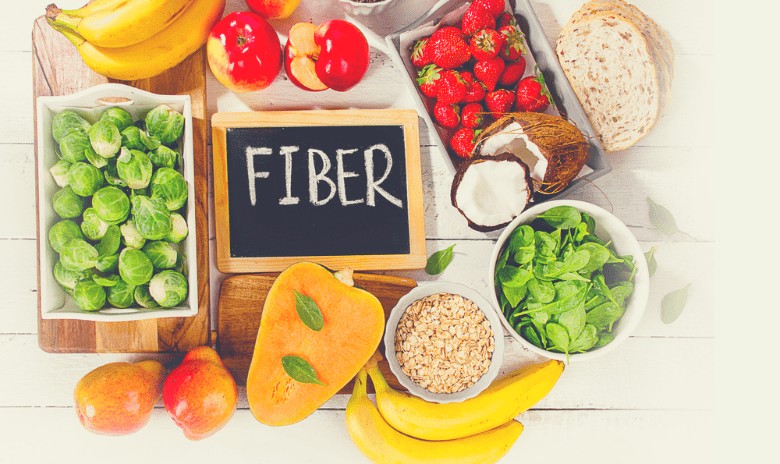
7. Berries
Have you considered the power of berries with regard to increasing fiber?
These sweet fruits are some of nature’s best snacks, and they can contribute to both a tasty pie and a fiber-rich diet. What are the most fiber-rich berries to shop for?
Blackberries are raspberries are likely the best choices, and they will deliver 8 grams of fiber per cup.
If you would prefer something a little bit sweeter, then blueberries and strawberries are great choices as well.
The former has 4 grams of fiber per cup, while the latter has 3 grams of fiber per cup.
One additional benefit to berries, when compared to normal fruits, is their sugar content. In general, you will find that most berries contain far less sugar than most fruits.
A natural snack that is low in sugar but high in fiber is certainly something that men over 30 should be seeking out.
Besides eating them raw or putting them into pies, what can you do to get more berries into your diet?
Mixing some of your favorite berries into a healthy yogurt is one option. Another option is to use them as a topping for dishes like salads and cereals.
Both frozen berries and fresh berries will provide you with the same benefits, so you can store them in the way that is most convenient for you.
8. Seeds and Nuts
Thankfully, berries are not the only tasty, natural snacks that are nutrient-dense and fiber-rich.
You can also depend on seeds and nuts to provide these same benefits. Fiber is not the only thing that nuts and seeds are good for, however.
You will also find them to be fantastic sources of both healthy fats and proteins.
Whether you prefer almonds or sunflower seeds, you can rest assured that both of these items will serve your fiber needs remarkably well.
When it comes to almonds, you will be able to get around three grams of fiber from a single cup of them.
On top of the three grams of fiber, that same cup of almonds will also contain some much-needed vitamin E, magnesium and unsaturated fats.
It is for this reason that almonds are so popular among health-conscious people. Men over thirty can take advantage of seeds and nuts to begin adding a bit of extra fiber to their diets.
These versatile foods are certainly worth keeping on your shelves. As a nutrient dense and fiber-rich food, seeds and nuts will not leave you feeling guilty after a snacking session.
In addition to snacking, though, many people choose to add these foods to their larger recipes in an attempt to add not only extra nutrients but also a bit of extra flavor.
Regardless of your tastes, there are many ways that men over 30 can successfully up their fiber intake on a daily basis.
Recommended Fiber Supplements
| Garden of Life Raw Organic Superfood Fiber | NutriGenesis® Multi for Men | Zero for Him Extra Strength – Fiber Supplement |
 |
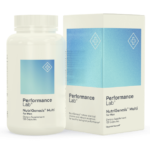 |
 |
| Garden of Life Raw Organic Superfood Fiber goes beyond typical dietary fiber supplements, supporting digestive and bowel health. This is perfect for those struggling with digestive issues. | NutriGenesis® Multi for Men is an ultra-modern multivitamin for overall health and peak performance. Definitely a premium brand for those who don’t take shortcuts for their health. | Zero for Him Extra Strength – Fiber Supplement has a proprietary vegan friendly blend packed with concentrated Aloe Ferox Extract. For our Vegan men out there, this fiber supplement is for you. |
 |
 |
 |
So What’s Next?
Start including some of the fiber sources mentioned above. There are natural sources of fiber you can get from food, but it’s also a good idea to take a fiber supplement to fill in the gaps in your diet.

